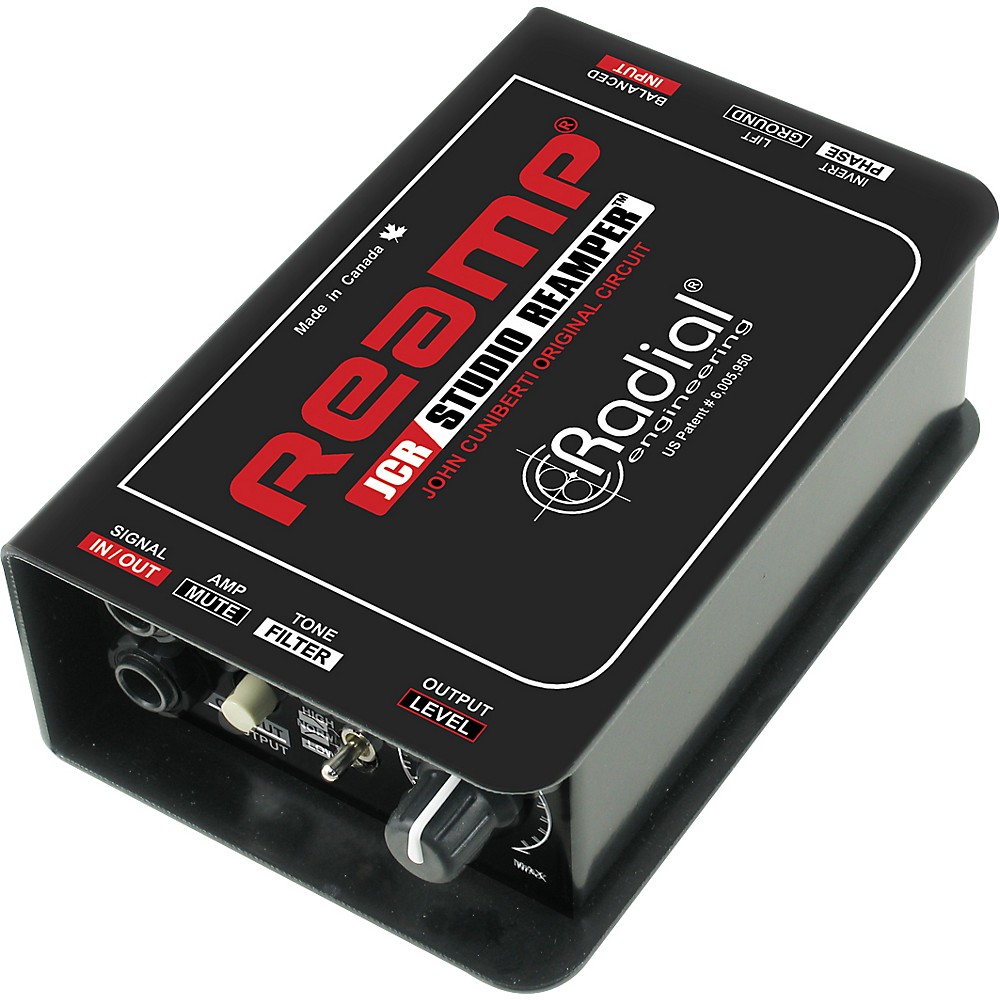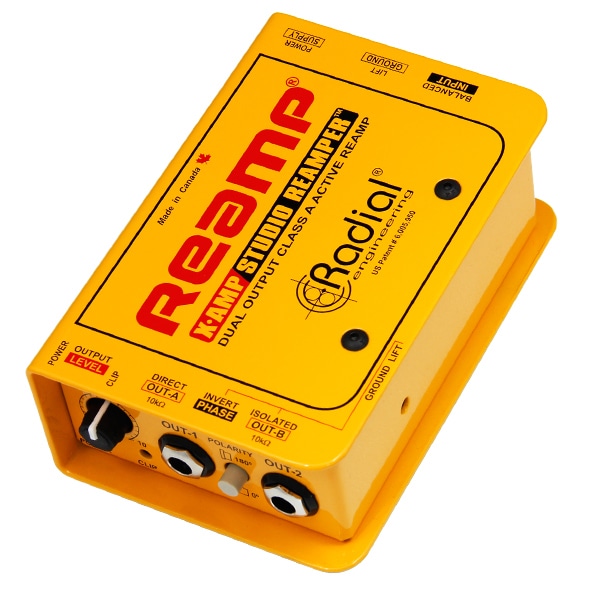

Start by recording with the industry standard Radial J48 direct box. Radial, one of the reamping pioneers, does recommend using a DI for tracking though: I am doing similar jobs for clients and here is my advice on how you should do it.Īs long as your audio interface has a Hi-Z or Instrument input you're good. Vocals, violin, and keyboards can sound really cool through a distorted amplifier.You should really ask the studio how they want it done.

Reamping can be done with instruments other than guitar. Now hit record and you should be good to go. Just to be safe, turn down the volumes of the track and the amp. MAKE SURE that you’re not sending the output of the record-enabled track back out to the amp. Set up a microphone in front of the amp and run it into a mic input in the POD Studio interface.

Mute the other tracks in your session or route them to a different output (unless you really want to send your whole mix through your amp – who knows, it might sound cool). Make sure the output of your guitar track is set to one of the analog outs of your POD Studio interface, and run a quarter-inch cable from the interface to your amplifier. Create an audio track and insert an instance of POD Farm plug-in. Open up Ableton Live Lite, or your DAW (Digital Audio Workstation) of choice.

Run a cable from your guitar to the guitar input in your POD Studio interface. The only other things you will need are a computer, a guitar, a guitar amplifier, and a microphone. All POD Studio USB recording interfaces include a version of Ableton® Live Lite and POD Farm™ plug-in. The impedance mismatch won’t damage the guitar amp or console/interface output, and any tonal difference is nominal, in my opinion. If you want to match the impedance exactly, you should use a reamp box between the recording device output and the guitar amplifier input. It’s worth noting that there is an impedance difference between the output of a guitar and the output of a recording console/interface. Once you’ve captured the dry guitar signal, you can then send it back out to the input on the guitar amp. You can use a DI box, which will split the signal, sending a copy to your amplifier, and one directly into your recording device. How do you reamp? Like I mentioned, there are a few different ways to achieve reamping. Even if you do perform your guitar parts in the studio, it’s still a good idea to hang on to the dry signal just in case you want to change the tone later on. So I usually record dry guitar takes in the comfort of my own home, bring them to the studio, and then run them through one of the nice amps in the studio. Producers and engineers just make me nervous.
#Reamping guitar without reamp box professional
I don’t know about you, but for me, personally, I get red-light syndrome whenever I step foot into a professional recording studio. In this article, I will go over two different methods: one using a DI (Direct Insertion) box, and one using a POD Studio interface (UX1, UX2, or UX8 will work). There are a few ways to reamp guitar tracks. Reamping is a technique that allows you to capture a dry (unprocessed) guitar signal so that later, if you decide you want to change your tone, you can alter the signal processing without having to replay the guitar parts.


 0 kommentar(er)
0 kommentar(er)
